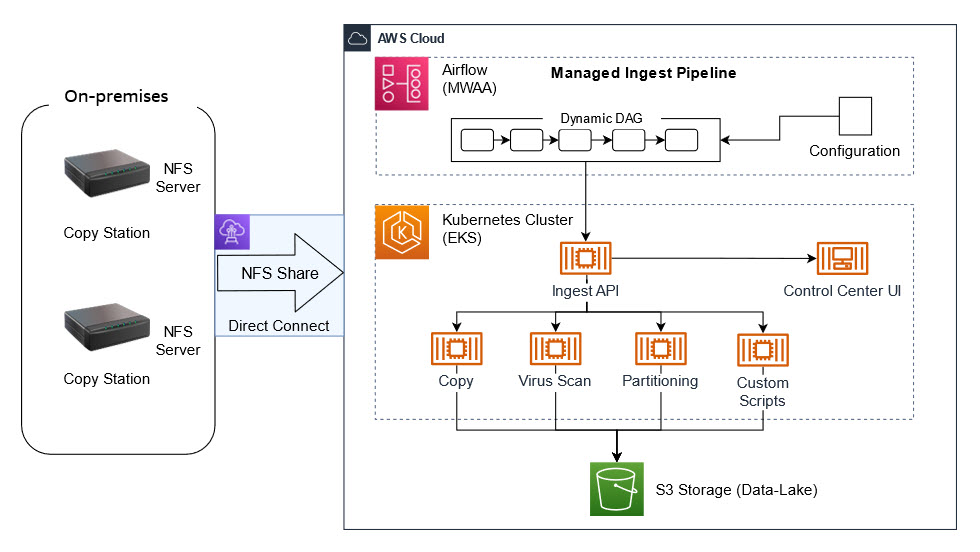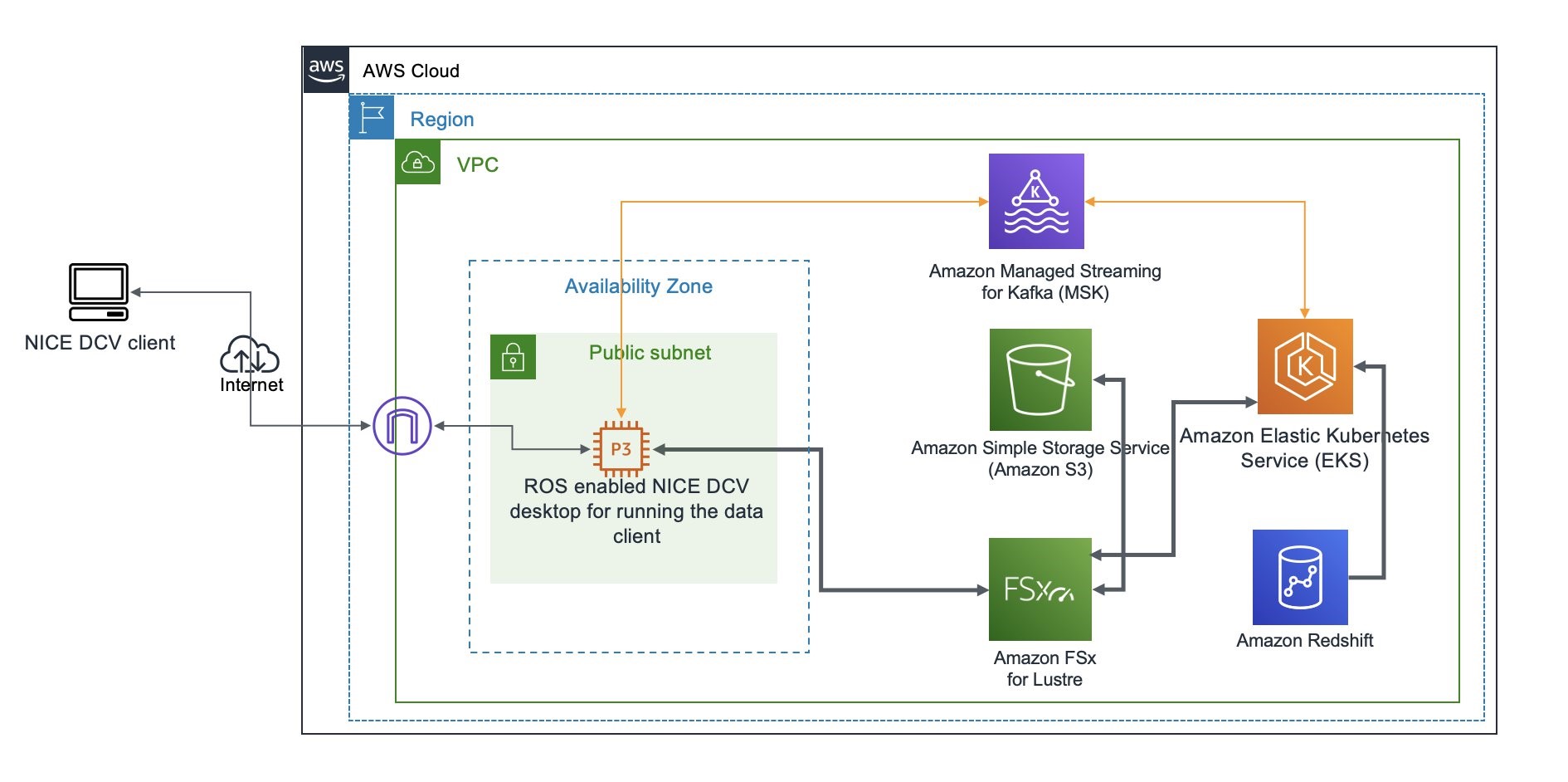AWS Architecture Blog
Category: Amazon Elastic Kubernetes Service
Ingesting Automotive Sensor Data using DXC RoboticDrive Ingestor on AWS
This post was co-written by Pawel Kowalski, a Technical Product Manager for DXC RoboticDrive and Dr. Max Böhm, a software and systems architect and DXC Distinguished Engineer. To build the first fully autonomous vehicle, L5 standard per SAE, auto-manufacturers collected sensor data from test vehicle fleets across the globe in their testing facilities and driving […]
Use Amazon EKS and Argo Rollouts for Progressive Delivery
A common hurdle to DevOps strategies is the manual testing, sign-off, and deployment steps required to deliver new or enhanced feature sets. If an application is updated frequently, these actions can be time-consuming and error prone. You can address these challenges by incorporating progressive delivery concepts along with the Amazon Elastic Kubernetes Service (Amazon EKS) […]
Field Notes: Building a Data Service for Autonomous Driving Systems Development using Amazon EKS
Many aspects of autonomous driving (AD) system development are based on data that capture real-life driving scenarios. Therefore, research and development professionals working on AD systems need to handle an ever-changing array of interesting datasets composed from the real-life driving data. In this blog post, we address a key problem in AD system development, which […]
Disaster Recovery with AWS managed services, Part 1: Single Region
This 3-part blog series discusses disaster recovery (DR) strategies that you can implement to ensure your data is safe and that your workload stays available during a disaster. In Part I, we’ll discuss the single AWS Region/multi-Availability Zone (AZ) DR strategy. The strategy outlined in this blog post addresses how to integrate AWS managed services […]
Migrate your Applications to Containers at Scale
AWS App2Container is a command line tool that you can install on a server to automate the containerization of applications. This simplifies the process of migrating a single server to containers. But if you have a fleet of servers, the process of migrating all of them could be quite time-consuming. In this situation, you can […]
Optimizing Cloud Infrastructure Cost and Performance with Starburst on AWS
Amazon Web Services (AWS) Cloud is elastic, convenient to use, easy to consume, and makes it simple to onboard workloads. Because of this simplicity, the cost associated with onboarding workloads is sometimes overlooked. There is a notion that when an organization moves its workload to the cloud, agility, scalability, performance, and cost issues will disappear. […]
Insights for CTOs: Part 1 – Building and Operating Cloud Applications
In my role as a Senior Solutions Architect, I have spoken to chief technology officers (CTOs) and executive leadership of large enterprises like big banks, software as a service (SaaS) businesses, mid-sized enterprises, and startups. In this series, I share insights gained from various CTOs and engineering leaders during their cloud adoption journeys at their […]
Issues to Avoid When Implementing Serverless Architecture with AWS Lambda
There’s lots of articles and advice on using AWS Lambda. I’d like to show you how to avoid some common issues so you can build the most effective architecture. Technologies emerge and become outdated quickly. So, solutions that may look like the right solution, otherwise known as anti-patterns, can prevent you from building a cost-optimized, […]
IT Resilience Within AWS Cloud, Part II: Architecture and Patterns
In Part I of this two-part blog, we outlined best practices to consider when building resilient applications in hybrid on-premises/cloud environments. We also showed you how to adapt mindsets and organizational culture. In Part II, we’ll provide technical considerations related to architecture and patterns for resilience in AWS Cloud. Considerations on architecture and patterns The […]
LeasePlan Sitecore Implementation with Amazon EKS
LeasePlan is one of the world’s leading car leasing companies, with 1.9 million vehicles in more than 30 countries. They manage the entire lifecycle of their fleet, from purchase and maintenance to the sale of returned lease cars. Sitecore is a leading content management system in the enterprise market. It allows organizations to combine content […]









